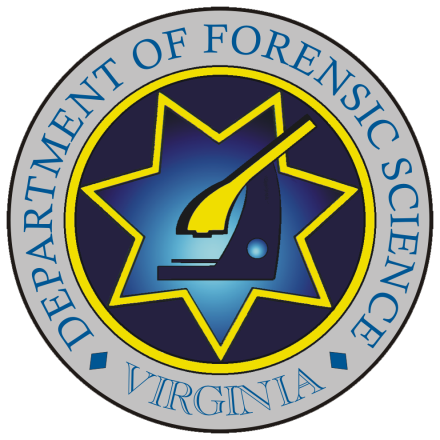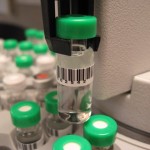Controlled Substances
Examiners in the Controlled Substances Section analyze materials for the presence of controlled substances and marijuana. Controlled substances may be present in substrates that include powders, solid materials, liquids, plant material, mushrooms, blotter paper, and food items. In addition, the section examines pharmaceutical preparations in the form of tablets, capsules, injectables and transdermal patches. Controlled Substances examiners will also analyze evidence that is related to the suspected clandestine manufacture of controlled substances.
Controlled substances are routinely screened using color tests and thin layer chromatography (TLC) with structural confirmation accomplished through gas chromatography/mass spectrometry (GC/MS). Additional instrumental techniques such as Accurate Mass Time of Flight Mass Spectrometry coupled with a Direct Analysis in Real Time ion source (AccuTOF-DART), Fourier Transform Infrared Spectroscopy (FTIR) coupled with Attenuated Total Reflectance (ATR), solid state FTIR coupled with Gas Chromatography (DiscovIR), and Gas Chromatography with flame ionization detector (GC/FID) may also be utilized during the course of a controlled substance analysis.
Report of Drug Trends in Virginia
The Department of Forensic Science and the Department of Criminal Justice Service have published a joint report entitled Drug Cases Submitted to the Virginia Department of Forensic Science. The update for calendar year 2023 was released on June 27, 2024. Previous reports back to 2013 can be found HERE.

